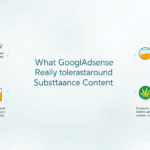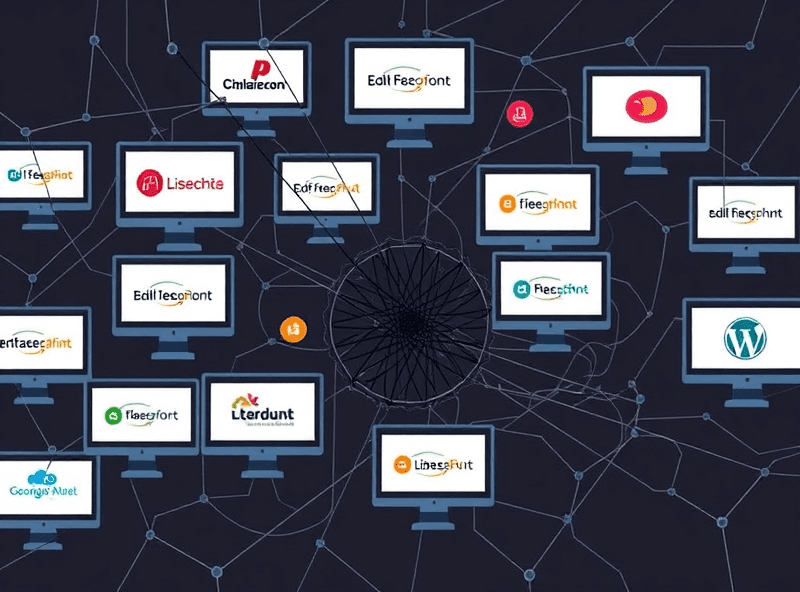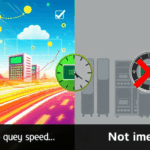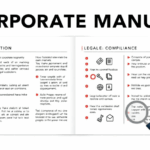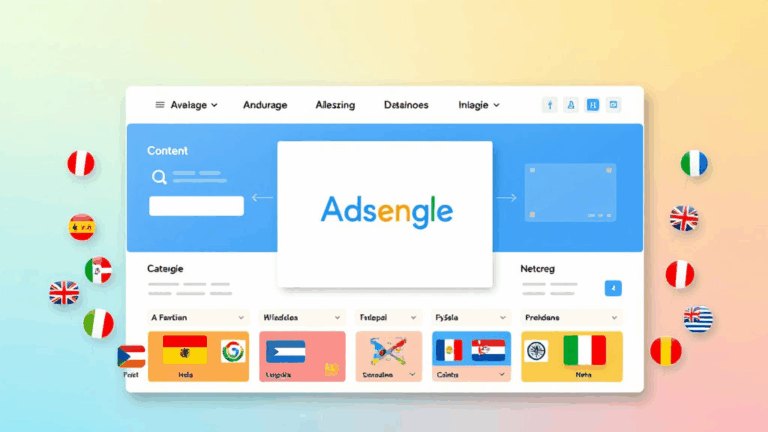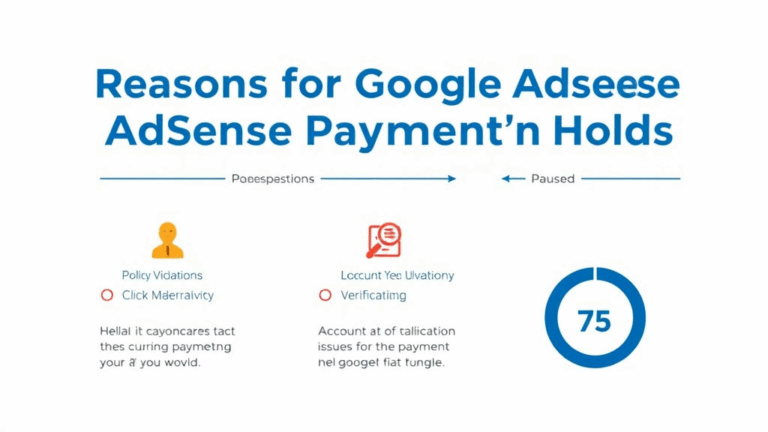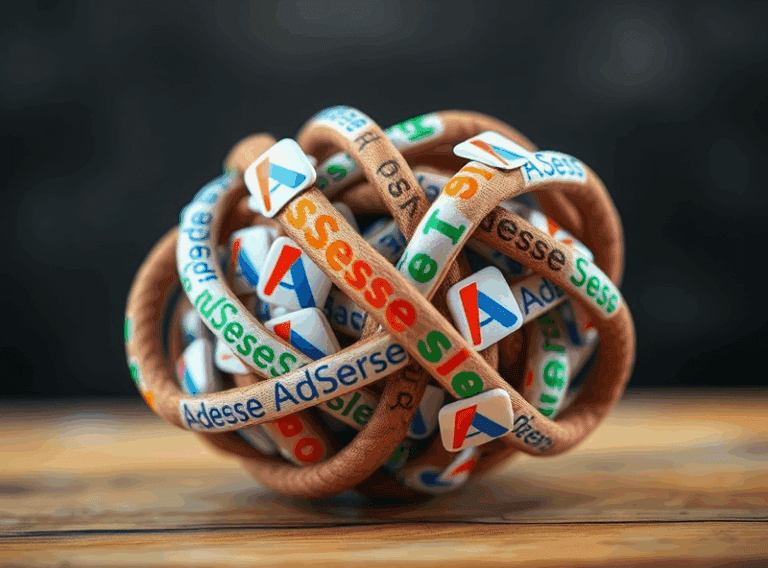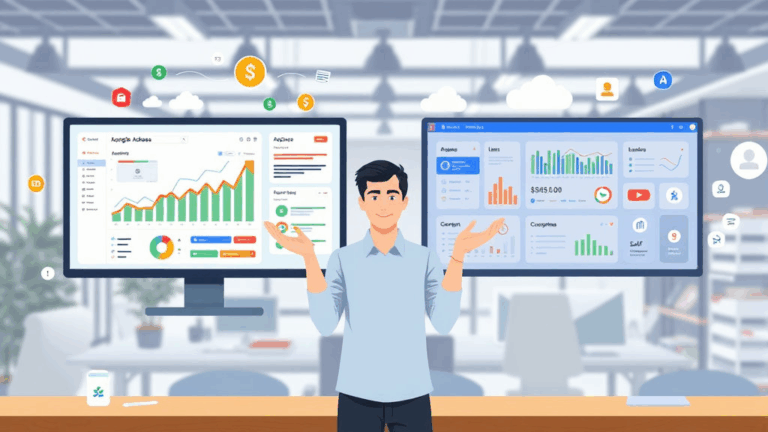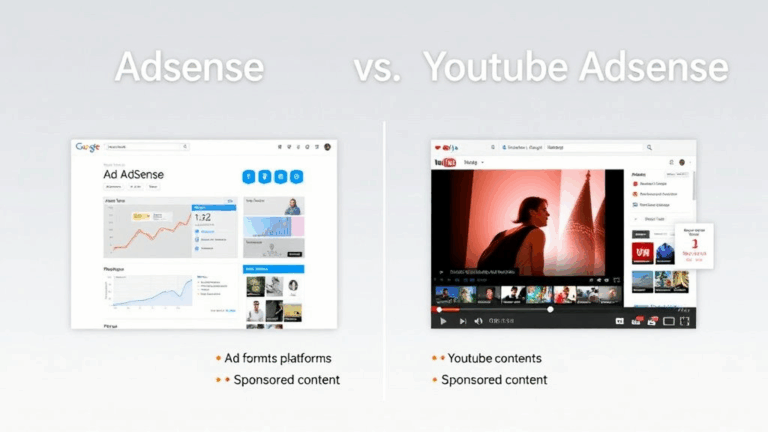The Strange Truth About AdSense Tobacco and Alcohol Policy
The weird gray zones of Google’s substance policy
Every time someone asks “can I run ads on a blog that reviews cigars?” my eye twitches a little. Not because of the question — it’s valid — but because the answer lives somewhere between the public-facing guidelines and a Schrödinger’s-cat style enforcement algorithm. Google’s AdSense policies about tobacco, alcohol, and controlled substances are technically clear. Until they’re not.
So here’s what’s written: no monetization of content that promotes the sale or use of tobacco (same goes for recreational drugs, including weed, even in states where it’s legal). Also, alcohol promotion is allowed in certain circumstances — but that line is blurry as hell. You can monetize a cocktail recipe site. You cannot monetize a “how to make your own moonshine” explainer. Insert shrug emoji here.
But more importantly: context matters, and it’s enforced by a combination of automated classifiers and the occasional human review. I had an old client site — beer tasting blog, nothing crazy — flagged because it embedded YouTube videos of alcohol brand promos. The kicker? Those videos were running ads themselves, from beer brands.
That contradiction pops up a lot. Because YouTube and AdSense don’t parse policy the same way, and advertisers can get away with things that publishers technically can’t. So yeah. Gray zones.
How the ad serving logic actually reacts to flagged content
This is where it gets neural-net weird. Even if your content passes an initial manual review or isn’t clearly violating anything, you’ll suddenly start seeing ad fill rates drop — or vanish entirely — on pages where you mention words like “CBD tincture” or “hand-rolled cigars.”
Most of the time, you won’t get a policy violation email. You’ll just stop getting high-value ads. There’s no dashboard notification. Your RPM tanks. Your brain melts.
This happens because Google’s machine-learning model tags your page with a substance-related category. It doesn’t always flag that visibly, but it pushes your page into a bucket that major ad buyers avoid by default.
Here’s a dumb but real example: I once had a recipe blog post titled “Rum Cake for Grown-Ups.” No alcohol was sold. No affiliate links. But because the page included words like “rum-based,” “dark liquor,” and — I kid you not — “boozy glaze,” ads started drying up. Switched the title to “Holiday Spice Cake” and ads returned in three days.
That’s the ad serving logic. It won’t always ban your content. It’ll just quietly turn off the faucet.
Where alcohol is allowed (sometimes), and why it still sometimes fails
Google does allow ads on alcohol-related content in many cases — tutorials, editorial pieces, history, reviews, as long as they don’t actively promote the sale or glamorization of overuse. But that “glamorization” line is based on subjective text signals and embedded imagery.
Here’s what’s usually safe:
- Long-form whiskey reviews that compare flavors
- Pairing guides for food and wine
- Articles about cocktail origin stories
- General discussion around bar culture or drinking laws
But stuff like this will often trigger detection:
- Embedded social media featuring party scenes
- “Top 10 Strongest Cocktails That’ll Wreck You” listicles
- Overuse of words like “drunk,” “hammered,” “plastered,” etc.
- Too many external links to alcohol-selling domains
I once tried embedding an Instagram carousel of international beer labels in a travel blog post. The text of the post was clean. Still, CTR dipped hard, and I found “Alcohol-Related” listed in the Ad Review Center’s filtered categories. Removing the embed restored performance. So the image alone was enough to trigger partial classification.
Why page-level violations don’t always show up in your dashboard
This is an unspoken ecosystem rule with AdSense: automated policy detection doesn’t always generate visible flagging. Especially not on low-traffic or new pages.
There’s a difference between outright disapproval (which you’ll get via email or alert), and degraded monetization. The latter usually happens quietly — your page is still “approved,” technically, but fewer ad networks are bidding because the substance classifier assigned a risk weight.
To make it even more confusing: the classifier weights aren’t always consistent across different display units. So one ad slot might show PSA-style trash ads about drug rehab, while another says “no fill.”
When I finally realized this, it was because of logging something like this through the AdSense Ad Inspector (Chromium dev build):
{
“ad_slot”: “728x90_top_leader”
“decision_reason”: “category_filtered_substance_related”
“buyer_blocked”: true
}
This snippet never showed up in the public dashboard — I had to dig via the browser console and a clunky side iframe debugger just to find it.
Custom channels and URL groups won’t override these flags
Custom channels can help you monitor which parts of your site perform better, but they aren’t a bypass switch for substance-related filtering. I tried isolating pages with potentially risky terms (like a popular COVID-and-cannabis usage post) into its own ad channel. Didn’t matter. The channel showed impressions but had almost zero monetized clicks.
Even worse: if you do aggressive A/B testing with different page versions under different URL slugs, note that similar content might be detected similarly regardless of slug. One of my tests:
- /safe-cocktail-recipes
- /badass-drinking-games
Same structure, slightly adjusted text. The cleaner slug still got flagged because the content itself tripped a tone classifier — because, again, if your tone glorifies overconsumption, that’s a flag.
It’s worth reading Google’s ads policy pages directly, but just know: channels don’t quarantine the page from scrutiny.
What happens when you appeal a substance-related disapproval
Ah, the mysterious ad disapproval email. You woke up, checked your inbox, saw a message that one of your pages is no longer eligible for monetization. You click in, see it’s flagged for “Dangerous or Derogatory Content,” and panic because you don’t even remember writing anything close to that. Scroll further. It’s the word “vaping.”
Appeals work sometimes. When you submit, explain you’re offering editorial discussion, not promotion. If possible, include screenshots of the page being informative or critical. Don’t say “I removed it” unless you actually rewrote the post to remove the language or links.
I once learned that adding a footer disclosure like: “This post does not promote vaping or endorse tobacco use. Content is for informational purposes only.” actually helped an appeal get through faster. But only because the text gave reviewers (yes, sometimes humans read these) something concrete to cite for policy context. Think of it like giving them cover to say yes.
Still, sometimes the model never really forgets. Even if the flag is removed, the page’s click RPM won’t recover fully — especially if the page already slipped into a bad classification bucket.
Ad blocking extensions can mask false negatives during testing
This sucker bit me hard last month. I was auditing a substance-focused subdomain someone wanted to monetize — think harm reduction articles, not promotion. Pages had AdSense code correctly implemented, and my test visits in Chrome all showed ads loading fine.
Yet they were complaining about no real revenue. Loaded Firefox, fresh profile — no ads. Revisited Chrome tests. Still fine. Finally realized I had a dumb extension still running in Firefox: Privacy Badger. It was blocking the AdSense delivery domains.
So now the kicker: when you test a flagged page while logged in as a verified AdSense publisher, Google often overrides the filters to show you demo ads or backfill placeholders. Which can make things look fine — especially if you’re authenticated via linked Gmail or Chrome profile. This optical illusion of compliance has wasted me hours more times than I want to admit.
If you’re testing borderline content, always check:
- With all extensions off
- In an incognito window not signed into Google
- From a realistic traffic source (not localhost)
Real fixes that stopped the bleeding (not tricks, just non-obvious)
This isn’t about cheating the system — these tweaks actually improved fill rates and RPM on borderline alcohol or substance-themed content I managed.
- Reduced keywords like “weed,” “stoned,” or “cigarette” in alt text — yes, alt texts get scanned
- Removed outbound affiliate links to supplement sites with drug claims
- Switched auto ads to only manual placements — reduces context scraping
- Turned off content recommendations that surfaced old weed-themed posts
- Added more lines of neutral context copy around iffy embeds (like data reports)
- Swapped ad unit styles to asynchronous in-body placements with clear text alignment
Biggest win? I cleaned one article to hit a safer tone, waited six days, then rebuilt the sitemap.xml to force index recrawl. By the second crawl (you can track via cache headers), ads started flowing normally again.

